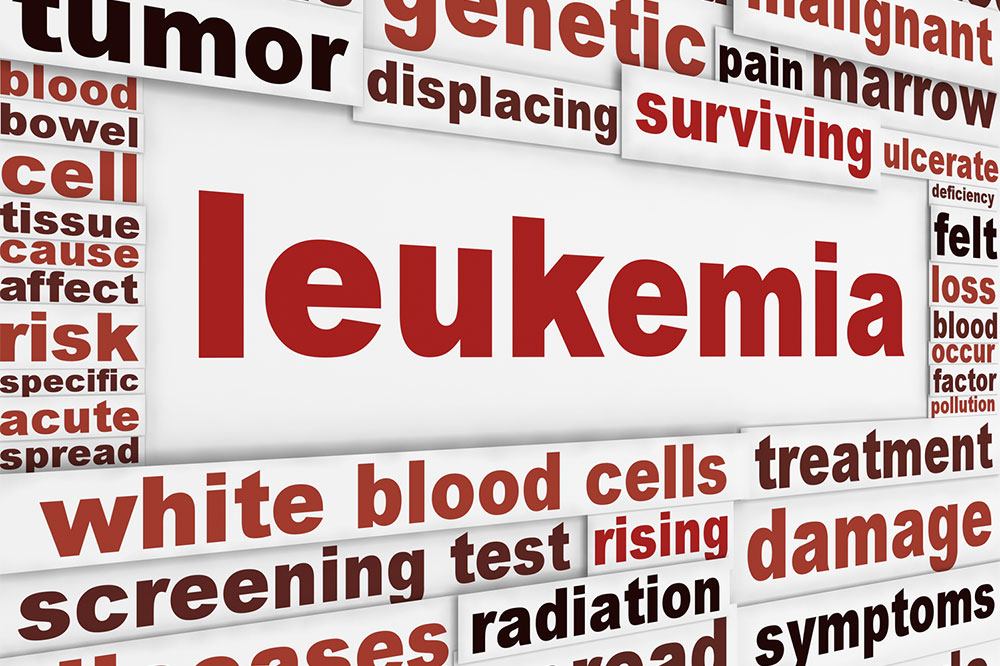Comprehensive Guide to Leukemia: Symptoms, Diagnosis, and Modern Treatment Options
This comprehensive article explores leukemia, focusing on its symptoms, diagnostic procedures, and the latest treatment options. It highlights the importance of early detection, discusses chemotherapy, radiation, stem cell transplants, targeted therapies, and immunotherapies, and emphasizes improvements in prognosis and quality of life for patients. The article aims to raise awareness and provide valuable insights into current leukemia management strategies, helping patients and caregivers understand this complex blood cancer better.

Comprehensive Guide to Leukemia: Symptoms, Diagnosis, and Modern Treatment Options
Leukemia is a complex form of blood cancer originating in the bone marrow, where blood cells are produced. This disease primarily impacts white blood cells, which are crucial for the immune system's defense mechanisms. When leukemia develops, it causes abnormal proliferation of malignant white blood cells that do not function properly. This uncontrolled growth hampers the body's ability to fight infections, causes anemia, and leads to bleeding issues. Understanding the symptoms, diagnosis methods, and latest treatment approaches is vital for early detection and effective management of this potentially life-threatening disease.
Leukemia can manifest through a variety of symptoms, which often develop gradually and may be mistaken for less serious illnesses. Recognizing these early signs enables timely medical intervention, significantly improving the prognosis. Some of the most common symptoms include persistent fatigue, easy bruising, frequent or recurrent infections, night sweats, and unexplained weight loss. Additionally, individuals may experience bone pain or tenderness, swelling of the liver or spleen, and the appearance of petechiae—small red or purple spots on the skin caused by bleeding under the skin. Swollen lymph nodes in the neck or underarms are also indicative of leukemia progression. Understanding these signs can prompt individuals to seek medical assessment early, leading to accurate diagnosis and improved treatment outcomes.
Key Symptoms of Leukemia
Recurrent infections that fail to respond to standard treatments
Night sweats or excessive sweating during evenings
Bone pain, tenderness, or discomfort in affected areas
Enlargement of liver or spleen, often causing abdominal bloating
Unintended and significant weight loss over a short period
Persistent fever accompanied by chills
Petechiae, purpura, or red skin spots resulting from internal bleeding
Swollen lymph nodes in the neck, armpits, or groin
Diagnosis of Leukemia
Early detection of leukemia relies heavily on a combination of physical examinations, blood tests, and bone marrow biopsies. Complete blood counts often reveal abnormal levels of white blood cells, red blood cells, or platelets, serving as initial indicators of leukemia. Further diagnostic tests involve microscopy examination of blood smears, cytogenetic analysis, and molecular testing to identify specific genetic mutations. Bone marrow aspiration and biopsy provide definitive evidence of the presence and type of leukemia, guiding treatment strategies. Advanced diagnostic techniques, including flow cytometry and immunophenotyping, help classify leukemia into different subtypes, such as acute or chronic forms, and aid in personalized treatment planning.
Modern Treatment Modalities for Leukemia
Treating leukemia is a complex process managed by specialized oncologists and hematologists, aiming to eradicate cancer cells and restore normal blood function. Treatment strategies are tailored based on the type of leukemia—such as acute lymphoblastic leukemia (ALL), acute myeloid leukemia (AML), chronic lymphocytic leukemia (CLL), or chronic myeloid leukemia (CML)—and the stage of disease progression. The primary goal is to achieve remission and, ideally, cure the patient. Below is an overview of the most commonly employed treatment options:
Chemotherapy
Chemotherapy remains the cornerstone of leukemia treatment. This approach involves the use of potent drugs that target rapidly dividing cells, including leukemia cells. Chemotherapy regimens are carefully selected according to the leukemia subtype and can be administered orally or intravenously. These medications disrupt the cell cycle, leading to apoptosis (programmed cell death) of malignant cells. Chemotherapy is often combined with other treatments to enhance effectiveness and may be used as a preparatory step before stem cell transplantation or as maintenance therapy to prevent relapse.
Radiation Therapy
Radiation therapy employs high-energy rays, such as X-rays or proton beams, to destroy malignant cells. It can be localized, targeting specific areas of disease, or involve whole-body irradiation, especially before stem cell transplants. Radiation helps reduce tumor burden and can alleviate symptoms caused by leukemia infiltration in organs. Advances in radiation technology have improved precision, minimizing damage to surrounding healthy tissues and reducing side effects.
Stem Cell Transplantation
Stem cell transplantation (or bone marrow transplant) offers a potential cure by replacing diseased bone marrow with healthy stem cells. This procedure involves first destroying the existing faulty marrow with high-dose chemotherapy or radiation. The patient then receives healthy stem cells from a compatible donor, which engraft in the bone marrow and restore normal blood cell production. Transplantation is considered especially effective for certain types of leukemia and in cases where other treatments have failed. Post-transplant care involves managing immune suppression and preventing infections to ensure successful engraftment and recovery.
Targeted Therapy and Immunotherapy
Recent advancements have led to the development of targeted therapies aimed at specific genetic mutations or surface proteins expressed by leukemia cells. These drugs, such as tyrosine kinase inhibitors in CML, offer a more precise approach with fewer side effects. Immunotherapies, including monoclonal antibodies and CAR T-cell therapy, enhance the immune system's ability to recognize and attack leukemia cells. These innovative treatments are often used in relapsed or refractory cases and have significantly improved survival rates.
Prognosis and the Importance of Early Detection
The prognosis for leukemia varies depending on several factors: the type and stage of leukemia, patient age, overall health, and response to initial treatments. Early diagnosis and prompt initiation of therapy are critical, significantly increasing the chance of remission and long-term survival. Advances in diagnostic tools and treatment options continue to improve outcomes, making leukemia a more manageable disease than ever before. Clinical trials and ongoing research contribute to developing new treatments, with many patients achieving complete remission or cure.
Living with Leukemia
Managing leukemia requires a multidisciplinary approach involving medical care, psychological support, and lifestyle adjustments. Patients are regularly monitored through blood tests and imaging to detect early signs of relapse. Support groups and counseling services play a vital role in helping patients cope with the emotional and physical challenges of treatment. Additionally, advances in supportive care, including infection prevention, nutritional support, and pain management, have improved the quality of life for individuals undergoing therapy.





